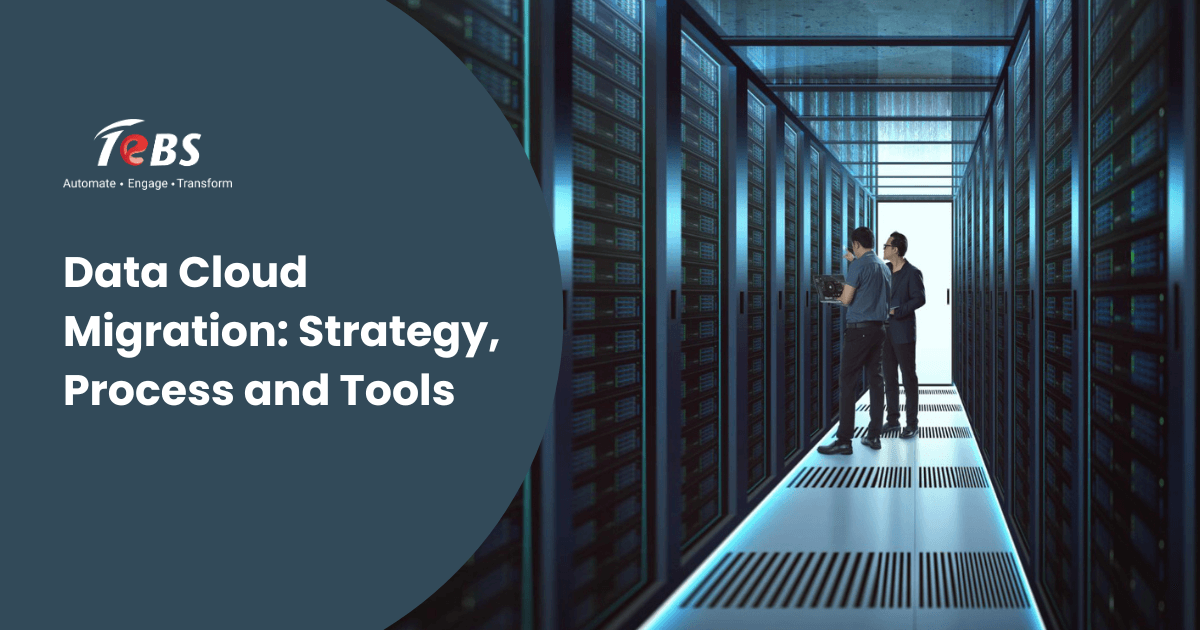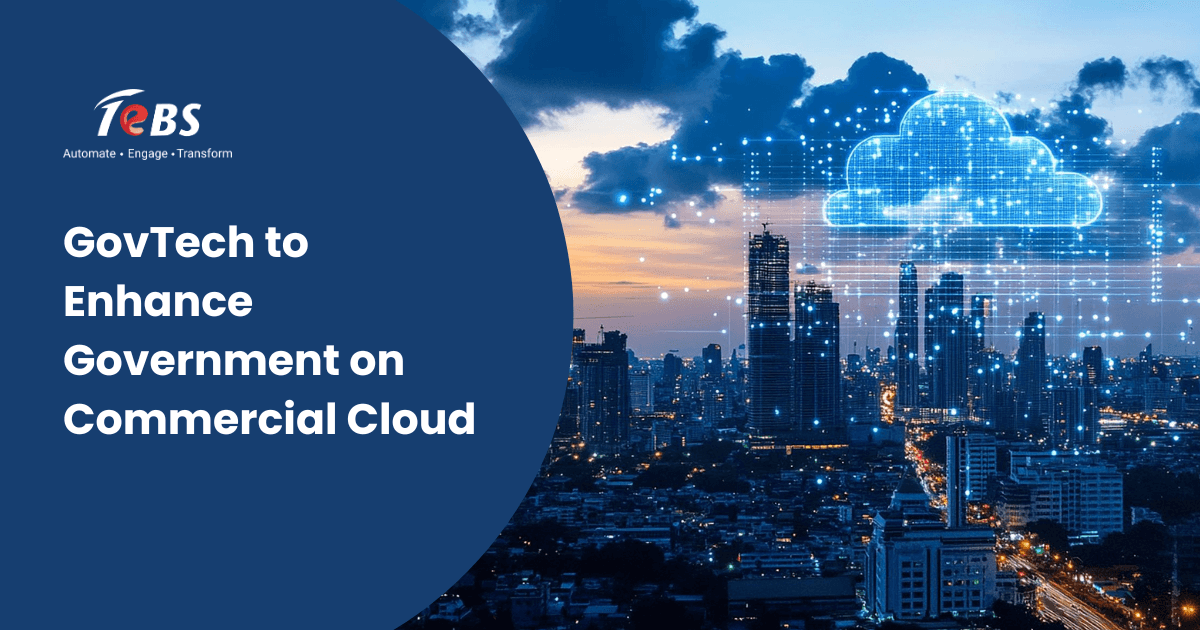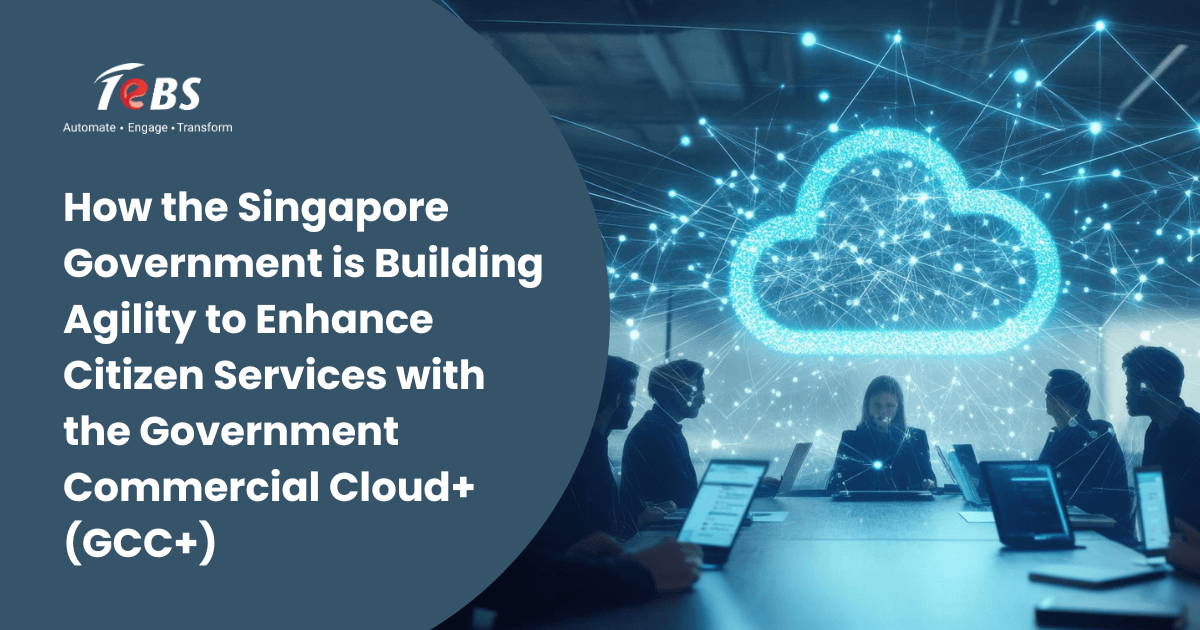Summary
Introduction
The shift to cloud platforms has become a defining move for organizations looking to optimize IT infrastructure, improve agility, and enable innovation. As businesses accumulate massive volumes of data, the ability to migrate and manage it effectively in the cloud becomes a critical success factor. Data cloud migration is not simply about moving information from one environment to another; it involves careful planning, the right tools, and a well-structured execution strategy to ensure security, compliance, and business continuity.
This comprehensive overview explores the strategy behind a successful data cloud migration, the step-by-step process, and the tools that simplify and accelerate the transition.
Why Organizations Choose Data Cloud Migration
The cloud offers more than storage—it provides scalability, resilience, and a foundation for data-driven innovation. Key reasons organizations embark on migration include:
- Cost Optimization: Reduce on-premise infrastructure costs by moving to pay-as-you-go cloud models.
- Scalability and Flexibility: Scale data storage and compute resources instantly without physical limitations.
- Enhanced Collaboration: Provide access to data anytime, anywhere, supporting hybrid and remote work.
- Improved Security and Compliance: Leverage advanced encryption, monitoring, and compliance certifications offered by cloud providers.
- Innovation with AI and Analytics: Cloud-native platforms enable real-time analytics, machine learning, and generative AI use cases.
While the benefits are significant, achieving them requires a well-defined strategy and the right execution approach.
Our enterprise AI services by TeBS help organizations embed AI into cloud strategies for smarter, data-driven innovation.
Building a Strong Data Cloud Migration Strategy
1. Define Objectives and Outcomes
Organizations should begin by identifying what they want to achieve: reducing IT costs, improving agility, enabling innovation, or ensuring compliance. Clear objectives provide direction for migration planning.2. Assess Current Infrastructure and Data
Conduct a detailed assessment of existing systems, applications, and data. This includes identifying dependencies, understanding data volume and types, and assessing current performance bottlenecks.3. Choose the Right Cloud Model
Decide between public, private, or hybrid cloud models depending on compliance needs, workload sensitivity, and scalability requirements. For many enterprises, hybrid or multi-cloud strategies provide flexibility and redundancy.4. Prioritize Security and Compliance
Regulatory standards such as GDPR, HIPAA, or local data residency laws must be factored into the strategy. Security measures like encryption, identity management, and access controls should be built into the plan.5. Plan for Scalability and Future Growth
A migration strategy must not only solve current challenges but also support future expansion, AI integration, and advanced analytics.6. Align Stakeholders and Build Skills
Engage IT teams, business leaders, and end-users early in the process. Training employees on new platforms and tools ensures smooth adoption post-migration.The Data Cloud Migration Process
1. Discovery and Assessment
The process starts with identifying workloads and data sets that need to be migrated. Data profiling is conducted to assess size, structure, sensitivity, and dependencies.2. Planning and Design
This phase involves defining the architecture for the target cloud environment, setting migration timelines, allocating resources, and establishing KPIs for success.
For detailed guidance, see Microsoft’s Migration architecture design for Azure, which covers structuring your cloud migration blueprint.
3. Selecting Migration Approach
Different migration approaches are chosen based on complexity and business needs:- Lift and Shift: Moving data “as is” without modifications.
- Re-platforming: Making minimal changes for optimization in the cloud.
- Re-architecting: Redesigning applications and databases to fully leverage cloud-native features.
4. Data Preparation
Before migration, data must be cleaned, standardized, and validated to ensure quality. Redundant or obsolete data can be archived or excluded to optimize costs. Our AI-driven data engineering services ensure structured, high-quality pipelines for successful migration.5. Migration Execution
Using selected tools, data is transferred to the target cloud. This may involve batch migration, continuous replication, or hybrid methods for large-scale environments.6. Testing and Validation
Post-migration, systems are tested for accuracy, performance, and security. Validation ensures data integrity and checks that applications interact seamlessly with migrated datasets.7. Optimization and Monitoring
After migration, ongoing monitoring and cost optimization are essential. Automated scaling, security audits, and performance tracking keep the cloud environment efficient and compliant.Tools for Data Cloud Migration
Cloud migration tools accelerate the process, reduce risks, and enhance data integrity. Below are widely adopted categories and examples:
1. Cloud-Native Migration Tools
Major providers offer in-house tools designed for seamless integration with their platforms:- AWS Database Migration Service (DMS): Supports continuous replication with minimal downtime.
- Azure Migrate: Comprehensive solution for assessing, migrating, and modernizing data and applications.
- Google Cloud Database Migration Service: Enables simple, secure migration of relational databases.
2. Third-Party Tools
Independent tools provide flexibility across multi-cloud and hybrid environments:- CloudEndure: Automates large-scale migrations with minimal downtime.
- Carbonite Migrate: Ensures secure and quick data transfers.
- Flexera One: Offers visibility and cost management alongside migration.
3. Data Integration and ETL Tools
These tools help transform and synchronize data during migration:- Informatica Cloud Data Integration
- Talend Data Fabric
- Fivetran
Many of these tools are enhanced with AI Data Analytics & BI capabilities, enabling real-time insights during and after migration
4. Monitoring and Optimization Tools
Continuous monitoring and governance are vital post-migration:- Datadog: Real-time monitoring and observability.
- CloudHealth by VMware: Cost governance and optimization.
- New Relic: Performance monitoring and insights.
Selecting the right tool depends on data complexity, target environment, downtime tolerance, and budget.
For further insights on how cloud adoption drives modernization, read our blog Why Cloud Migration is a Switch Worth Making.
Overcoming Common Challenges in Data Cloud Migration
- Data Security Risks: Without proper encryption and access controls, sensitive data may be exposed during transfer.
- Downtime and Business Disruption: Large-scale migrations can disrupt services if not planned carefully.
- Compatibility Issues: Legacy applications may not integrate smoothly with modern cloud systems.
- Cost Overruns: Mismanagement of resources and unoptimized storage can lead to higher-than-expected costs.
- Skill Gaps: A lack of in-house expertise may hinder smooth migration and adoption.
By adopting best practices—such as phased migration, pilot testing, and automation—these risks can be significantly mitigated. TeBS helped a leading enterprise in enhancing financial excellence through RPA, demonstrating how automation and compliance can transform cloud migration outcomes.
Best Practices for a Successful Data Cloud Migration
- Start Small, Scale Gradually: Pilot migration with non-critical workloads to test processes and tools.
- Automate Where Possible: Automation reduces errors and accelerates execution.
- Establish Strong Governance: Define policies for data access, security, and compliance before migration.
- Prioritize Communication: Keep stakeholders informed at every stage to minimize resistance and confusion.
- Monitor and Optimize Continuously: Cloud adoption is not one-time; regular cost, performance, and security reviews are essential.
The Future of Data in the Cloud
Cloud platforms are evolving beyond storage and infrastructure. The future lies in data democratization, where organizations harness cloud data for advanced analytics, AI-driven insights, and hyper-personalized customer experiences. Serverless computing, edge integration, and generative AI capabilities will further redefine how enterprises manage and leverage data in the cloud.
Organizations that approach migration as a foundation for innovation—rather than just a technical necessity—position themselves to unlock the true potential of their data.
Conclusion
A successful data cloud migration is not just a technology initiative—it is a business transformation. With the right strategy, a structured process, and reliable tools, organizations can ensure a smooth transition while maximizing the value of their data in the cloud. Beyond cost savings and scalability, migration lays the groundwork for advanced analytics, automation, and innovation that drive long-term competitive advantage.
If your organization is ready to take the next step in its cloud journey, the right partner can make all the difference. Reach out to our experts at [email protected] to explore how we can help design, execute, and optimize your data cloud migration strategy.
Frequently asked questions
Q: What is data cloud migration?
A: It’s the process of moving an organization’s data, applications, and workloads from on-premises systems to cloud-based environments.
Q: Why do businesses need a cloud migration strategy?
A: To ensure smooth migration, minimize downtime, reduce costs, and align cloud adoption with business goals.
Q: Which tools are most effective for cloud migration?
A: Tools like AWS Migration Hub, Azure Migrate, Google Cloud’s Migrate for Compute Engine, and third-party solutions like CloudEndure and CloudBolt are commonly used.
Q: What are the biggest challenges in cloud migration?
A: Data security, application compatibility, downtime, cost management, and governance are major challenges.
Q: How does AI help in data cloud migration?
A: AI automates assessment, predicts workload performance, identifies optimization opportunities, and reduces manual errors.
Q: What are the benefits of cloud migration for enterprises?
A: Improved scalability, flexibility, cost efficiency, faster innovation, and enhanced data accessibility.
Q: What role does security and compliance play in data migration?
A: They ensure sensitive data is protected, regulatory requirements are met, and risks are minimized during and after migration.





